Smart Farming on a Budget: What Gardeners Can Learn from AI-Powered Farms
/When I got my water bill this month, I was frustrated but not surprised. My bill covered the summer months, when I use more water than usual to keep my crops hydrated and healthy. Even with rain barrels and a timed irrigation system in place, it felt like I’ve been spending more on water than I should be. So I was intrigued to find out that there are now ways I could be using some of the new smart technology to cut my water bill without compromising the productivity of my garden.
If you’ve ever wondered how to keep your garden thriving while using less water, you’re not alone. Agriculture accounts for nearly 70% of the world’s freshwater use, according to the United Nations, and much of it never reaches plant roots because of evaporation and inefficient watering systems. For both farmers and gardeners, learning to use water wisely is becoming not just an environmental choice, but a survival strategy.
Across the globe, small growers are turning to smart farming tools that use artificial intelligence (AI) and data to optimize how they water, plant, and manage soil health. And the best part? Many of these same tools and principles can now be used at home—no massive budget or high-tech greenhouse required.
The Water Challenge in Farming and Gardening
Small farmers and backyard gardeners alike are facing unpredictable weather patterns, water restrictions, and heat stress. These conditions make every drop of water count.
Overwatering is one of the most common gardening mistakes. Research from the University of California shows that residential landscapes often use 30–50% more water than plants need. This wastes not only water but also energy, soil nutrients, and microbial life.
Smart farming tools offer a new approach: observe, measure, and respond—using data to guide when and how much to water.
What Is Smart Farming—and Why It’s Relevant to Gardeners
Smart farming is the use of data-driven technology to grow more efficiently. Sensors track soil moisture, weather models predict rainfall, and AI algorithms make sense of it all—helping farmers know precisely when to irrigate.
Until recently, this level of precision was reserved for large-scale farms. Today, affordable and app-connected tools are putting the same insights in the hands of small growers and home gardeners.
Think of it as bringing farm-level intelligence into your backyard—without losing the joy of getting your hands dirty.
Affordable AI Innovations That Help Growers Save Water
1. Smart Soil Sensors
Commercial farmers rely on soil sensors to know exactly when and where to water. These devices send real-time data to a dashboard or app, helping prevent waste and water stress.
Garden takeaway:
Try low-cost options like Ecowitt, Wyze, or Xiaomi soil sensors, which sync directly with your phone. Even basic DIY moisture probes can help you “listen” to your soil before reaching for the hose.
2. Predictive Watering Tools
AI-driven models use weather forecasts and soil data to decide the best watering schedule—often skipping irrigation before rain.
Garden takeaway:
Install a weather-based smart controller like Rachio or Rain Bird Smart Controller. Or explore free, university-backed apps like WaterMyYard (Texas A&M) that send custom watering alerts to your inbox.
3. Satellite and Drone Insights
Large farms use aerial or satellite imagery to spot dry zones, shade patterns, and irrigation leaks.
Garden takeaway:
You can use Google Earth or Sentinel Hub to identify how light and water distribute across your space. Even simple drone or phone photos can help you map dry spots or shaded areas to improve your watering plan.
4. Smart Greenhouse Systems
AI helps growers manage temperature, humidity, and watering cycles automatically.
Garden takeaway:
Home growers can achieve similar results with Bluetooth irrigation timers, smart plugs, or self-watering containers made from recycled materials. It’s about building automation that works for you, not the other way around.
How to Apply Smart Farming Principles in Your Garden
You don’t need expensive gadgets to be a smart gardener. Start small:
Track your watering. Use a moisture meter or inexpensive soil sensor.
Use a journal. Record rainfall, watering frequency, and plant health.
Leverage free data. Explore NASA’s OpenET or local agricultural extension resources.
Automate wisely. Smart plugs or timers can reduce waste and stress.
Collaborate. Join local garden clubs or community co-ops to share tools and data.
The goal isn’t more technology—it’s more intentional, efficient growing.
Smarter Growing for a Sustainable Future
AI-based farming innovations are showing us what’s possible when technology and ecology work together. For gardeners, adopting even one or two smart strategies—like tracking soil moisture or using a weather app—can dramatically reduce water waste.
Less water means stronger root systems, better soil structure, and a lighter environmental footprint. And when more of us adopt these methods, the impact ripples outward: greener gardens, healthier ecosystems, and more resilient communities.
Intelligent tools and human awareness for smarter growing
Smart farming is not about replacing intuition with machines—it’s about combining human awareness with intelligent tools. Whether you’re managing a market plot, a raised bed, or a few balcony containers, you can grow smarter by observing, measuring, and adjusting.
With the right tools and a little curiosity, every backyard can become a smart farm—where technology, sustainability, and creativity grow together.
You may also be interested in…




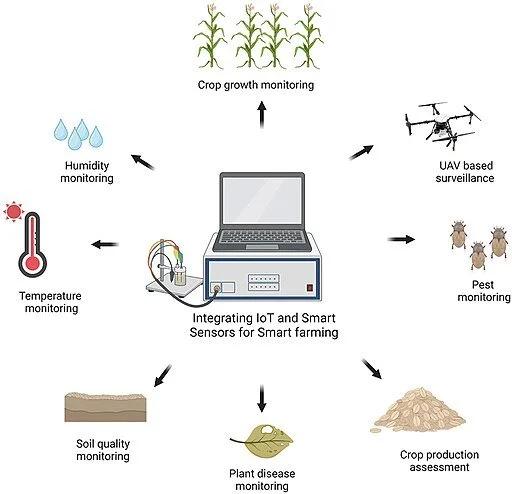









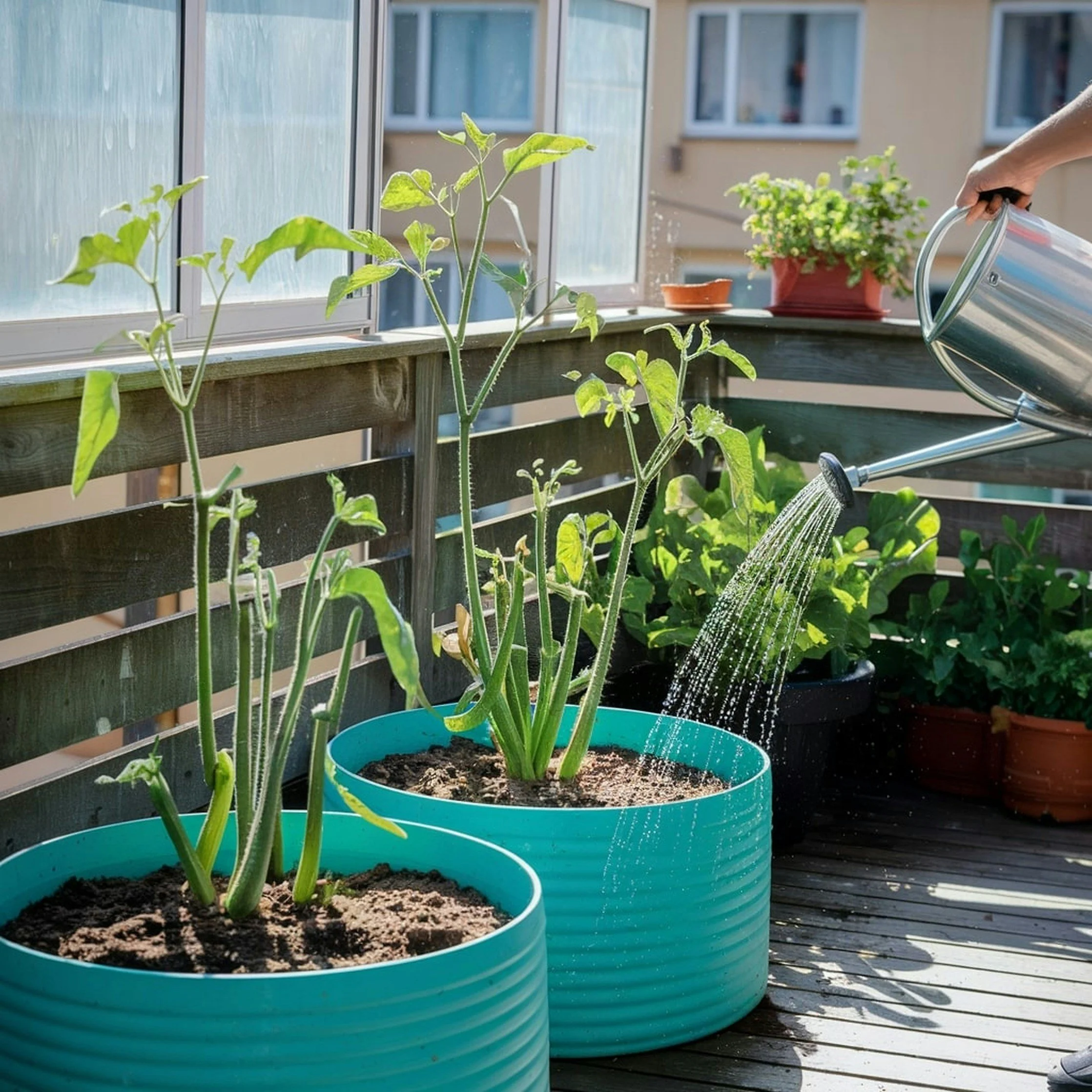
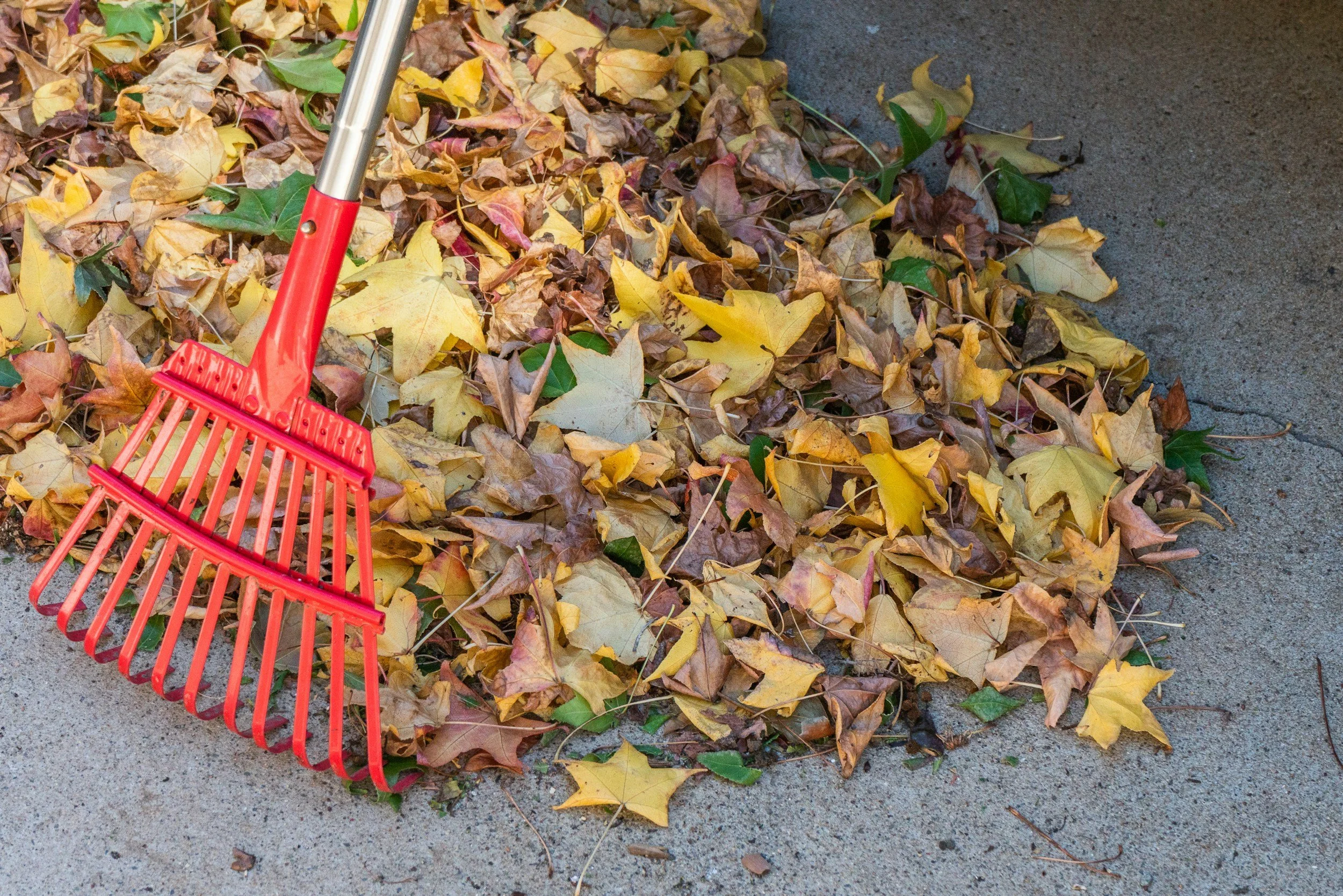




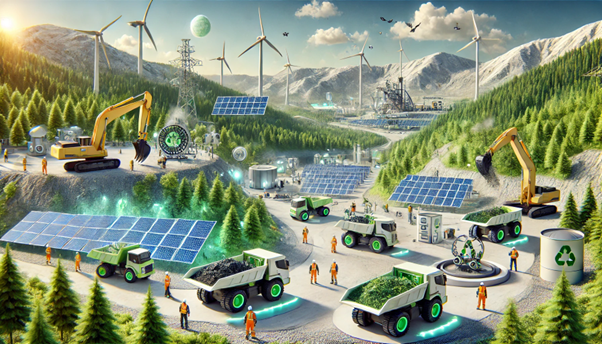

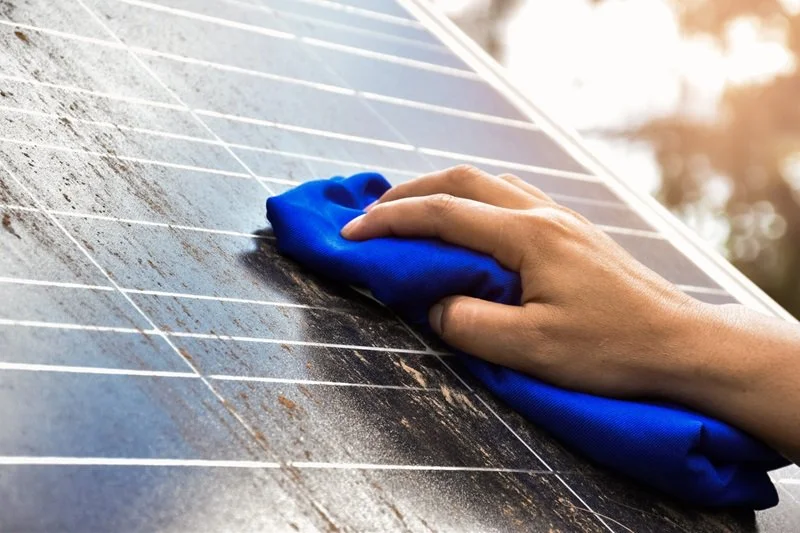

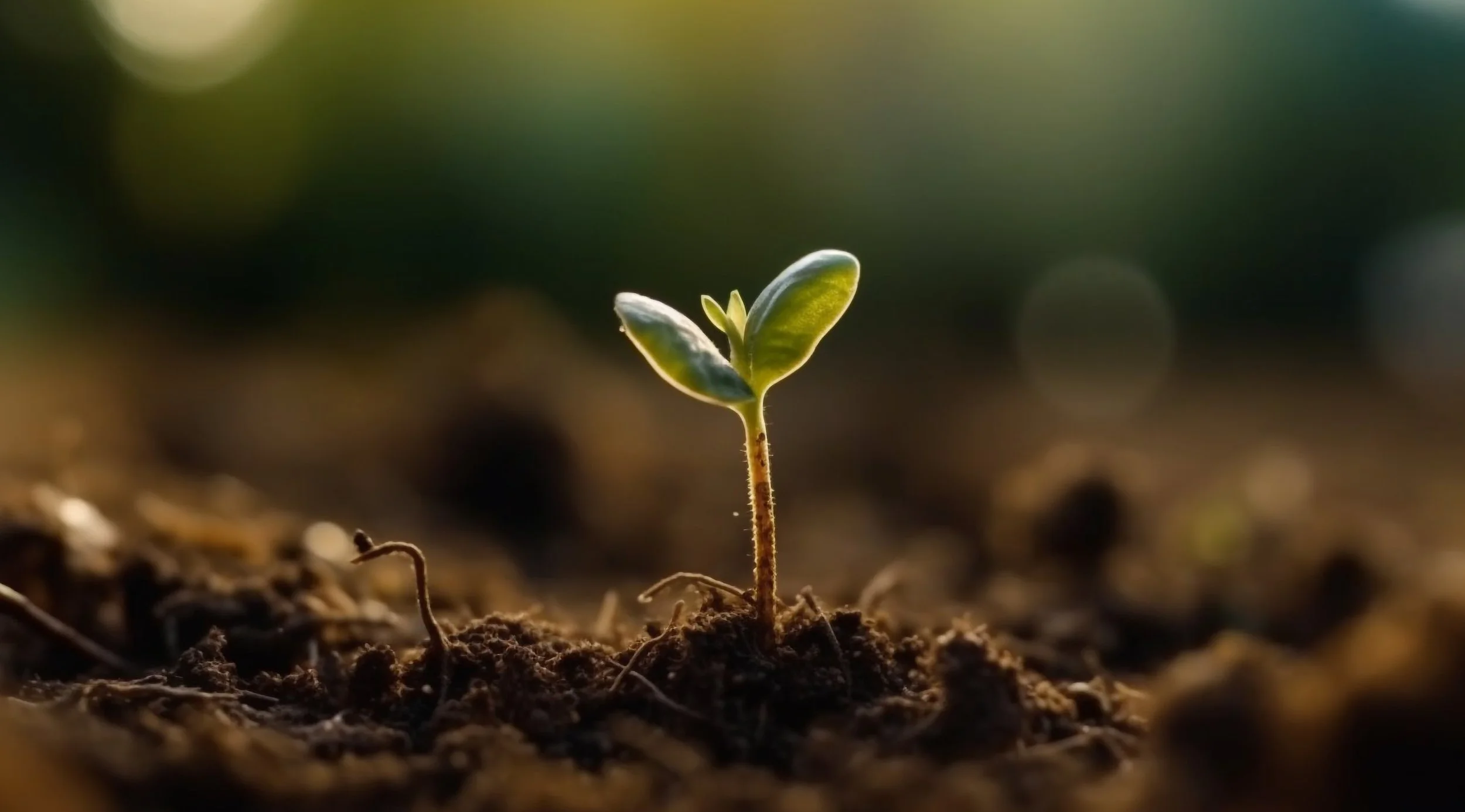



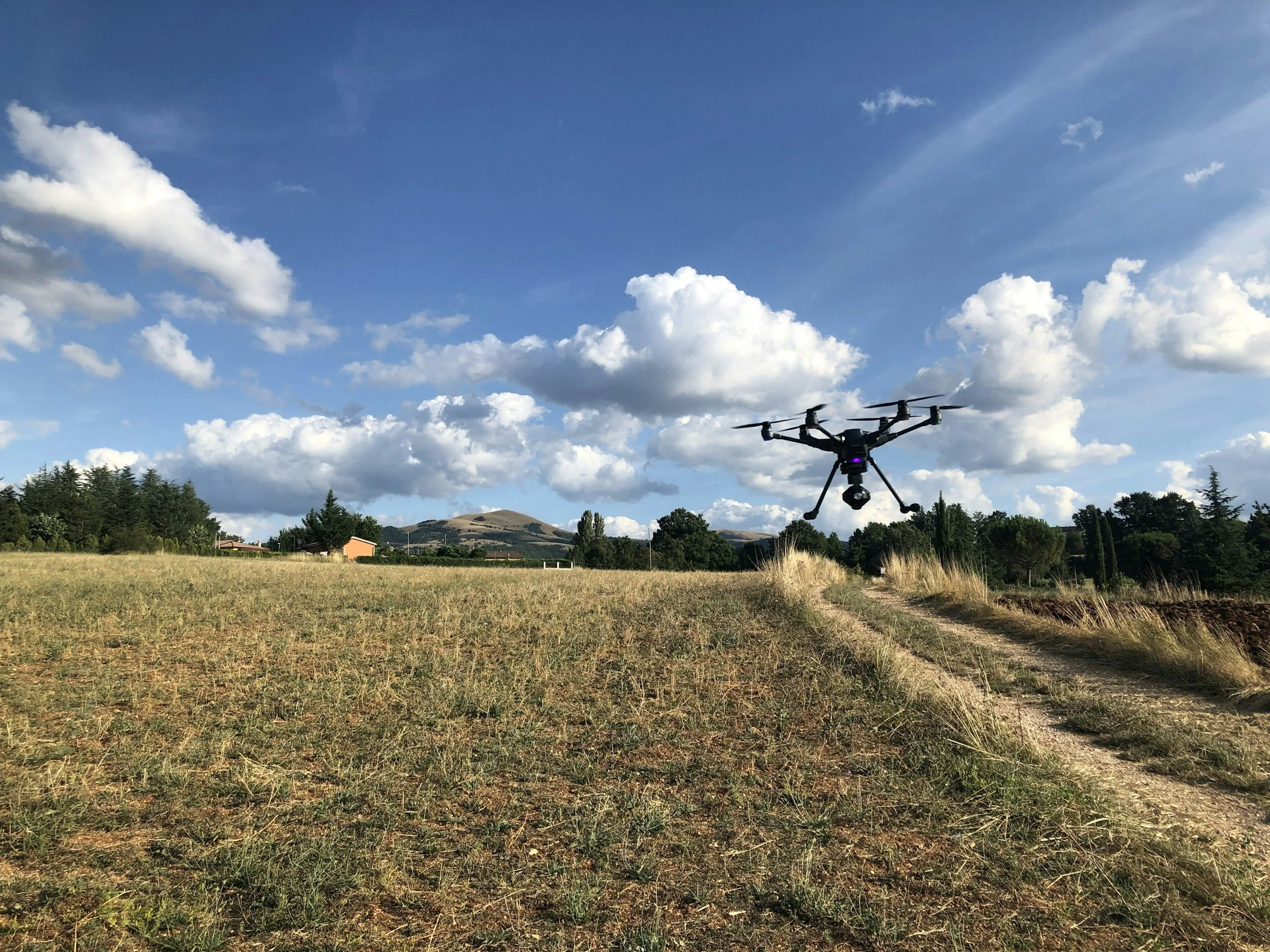
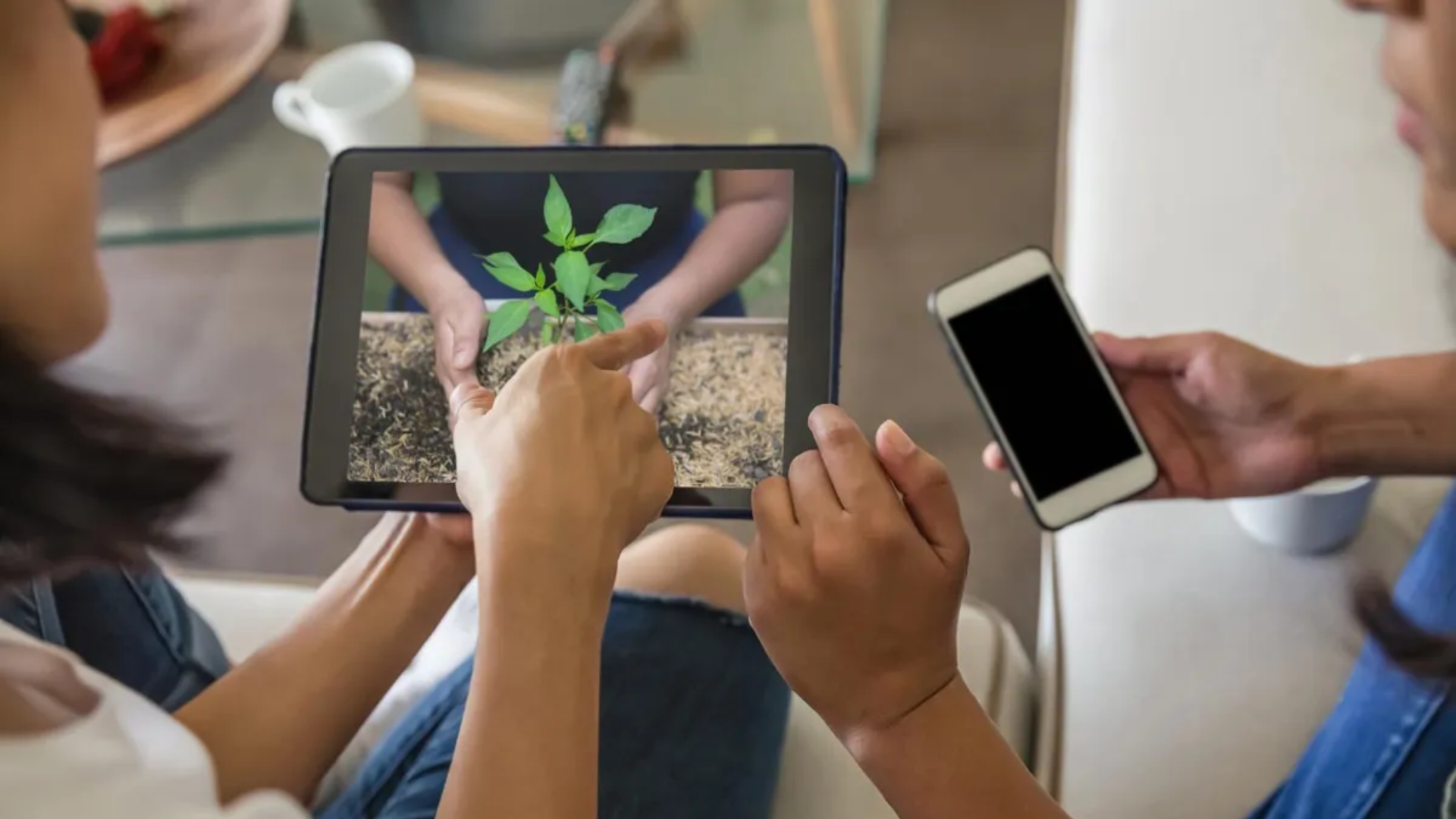



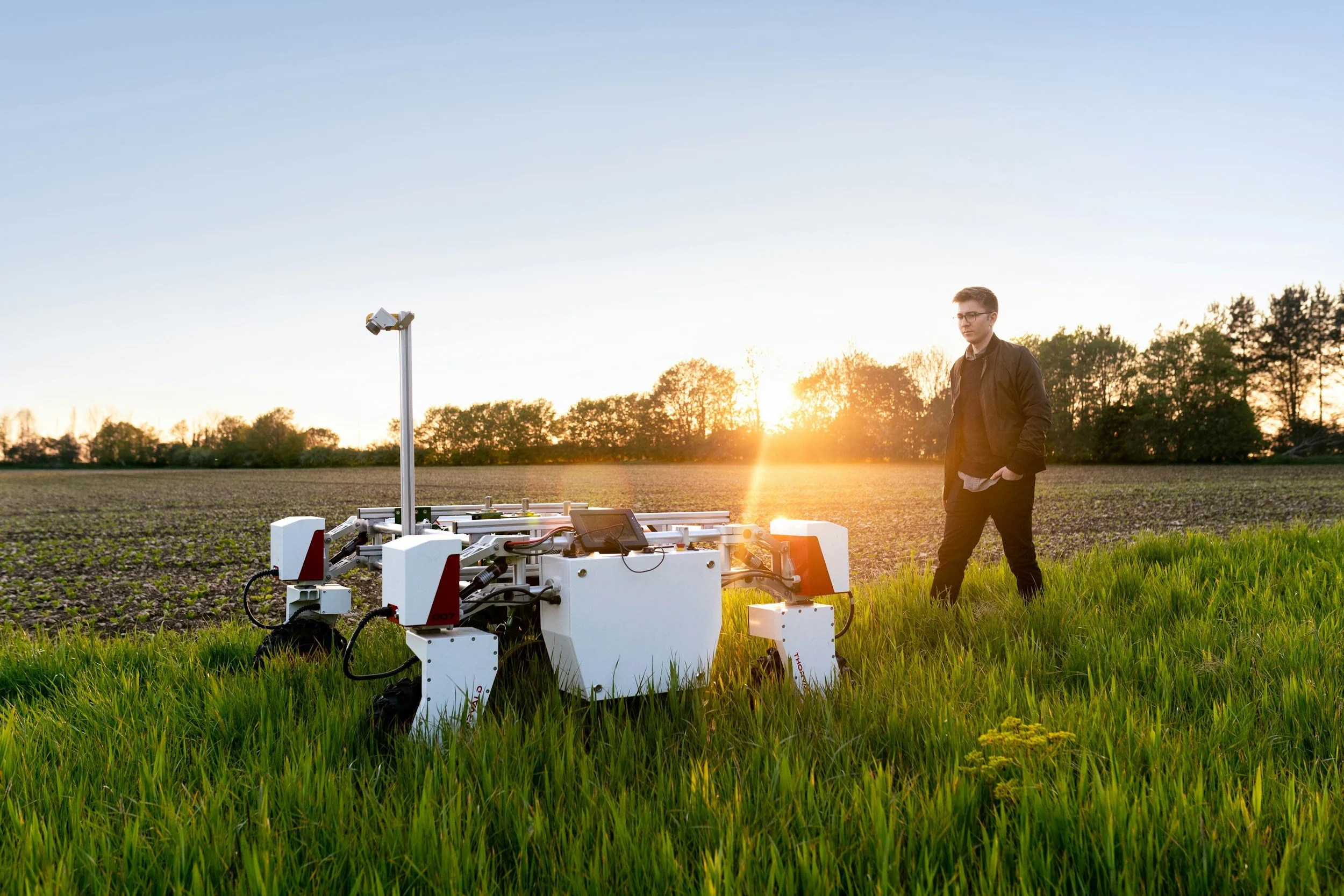










When I got my water bill this month, I was frustrated but not surprised. My bill covered the summer months, when I use more water than usual to keep my crops hydrated and healthy. Even with rain barrels and a timed irrigation system in place, it felt like I’ve been spending more on water than I should be. So I was intrigued to find out that there are now ways I could be using some of the new smart technology to cut my water bill without compromising the productivity of my garden.